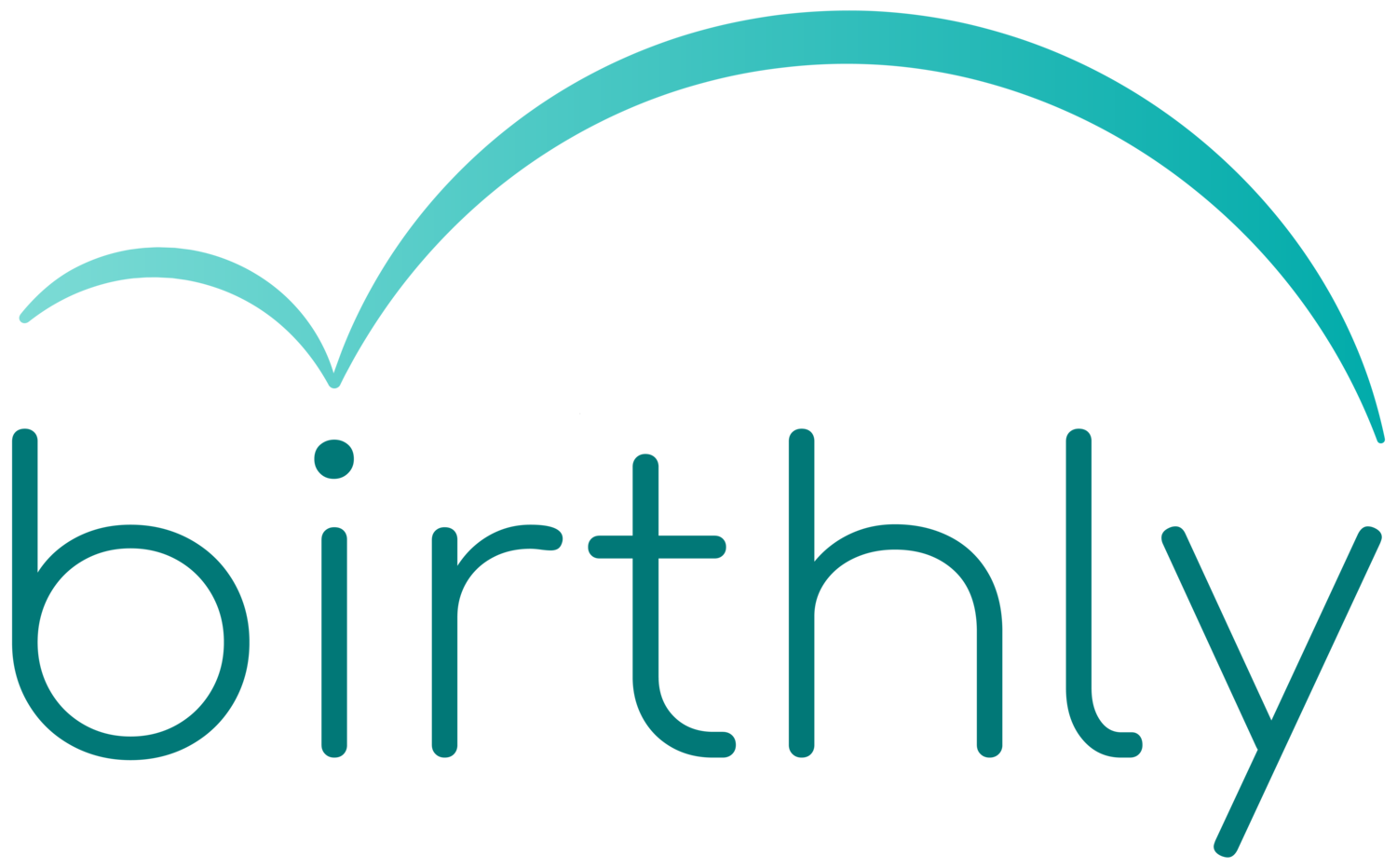Understanding the Spectrum of Postpartum Mood & Anxiety Disorders
Preparing for the postpartum period is a bit like preparing for a series of inclement weather. With weather, we can make preparations based on forecasted events, location, and prior storm activity. With the postpartum period, we can prepare ourselves based on our own predictions of how we may feel, the amount of support available to us, and prior experience with mental health or medical challenges. Though the postpartum period can be full of sunny days, it’s important to understand the potential for storms. The intensity of these storms may range from a common rainstorm in the form of the Baby Blues, to something more severe like Postpartum Depression or Postpartum Psychosis.
Just like the weather, the spectrum of Postpartum Mood and Anxiety Disorders (PMADs) is vast, so whether you’re approaching the postpartum period or you’re in the thick of it, it’s important to understand the variety of influencing factors, symptoms, timelines of onset, and treatment plans. Let’s take a look at the various cases below:
Baby Blues - Common - 80% of Postpartum Cases
Influencing Factors: unbalanced hormones, isolation, sleep deprivation, exhaustion
Symptoms: mood swings, crying spells, difficulty sleeping, impatience
Timeline: onset within the first 30 days of giving birth, lasting around 2 weeks
Treatment: adequate opportunity for rest, support with household duties, exposure to sun and fresh air, good communication with primary partner, reasonable expectations for the first 30 days postpartum
Postpartum Depression - Less Common - 15% of Postpartum Cases
Influencing Factors: previous diagnosis of depression or anxiety, unbalanced hormones, financial or relationship stress, birth trauma, feeding difficulties
Symptoms: anger, irritability, insomnia, lack of interest in relationships, difficulty bonding with baby, feelings of guilt or shame, thoughts of hurting oneself or others
Timeline: onset as soon as 1-3 weeks after birth, or associated with the cessation of breastfeeding, or anytime within the 1st year of parenthood
Treatment: adequate opportunity for rest, support with household duties, exposure to sun and fresh air, good communication with primary partner, reasonable expectations for the first 30 days postpartum combined with the integration of mental health or medical professional interventions such as regular outpatient therapy and/or a course of supportive medication
Postpartum Psychosis - Rare - <.2% of Postpartum Cases
Influencing Factors: previous psychosis or manic episode, family or personal history of Bipolar Disorder
Symptoms: rapid onset of intense irritation and mood swings, hallucinations, hyperactivity, delusions, paranoia, severe depression, thoughts of harming oneself, baby or others
Timeline: sudden onset usually within 2 weeks of birth and/or anytime within the 1st year of parenthood
Treatment: immediate intervention of mental health and medical professionals with the possibility of short-term inpatient care and a long-term treatment plan including regular assessments and care from mental health and medical professionals
Postpartum Mood and Anxiety Disorders can be difficult to talk about, but it is important to remember that these conditions occur as a result of many forces outside of human control, just like the weather. The postpartum season is the time to give space to process and understand complex feelings, determine when to ask for help, and remove shame from the landscape. Don’t blame yourself for the rain, but be sure to ask for boots and an umbrella.
Resources: Postpartum Support International - www.postpartum.net March of Dimes - www.marchofdimes.org

